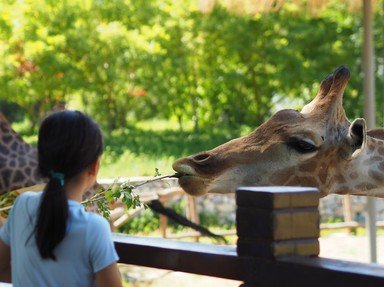
Animal Bingo Trivia Quiz
I sometimes feel that there is such a sense of fun about the number facts of the world's creatures that I figured we may as well make a game out of a quiz on it. On this occasion, the game is Bingo. If you know your Bingo calls you should do OK here.
This is a renovated/adopted version of an old quiz by author LittleMissStubborn
A matching quiz
by pollucci19.
Estimated time: 3 mins.